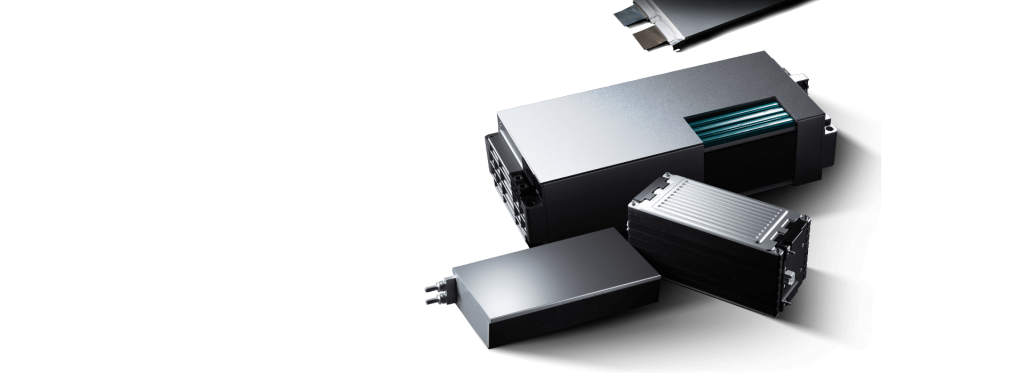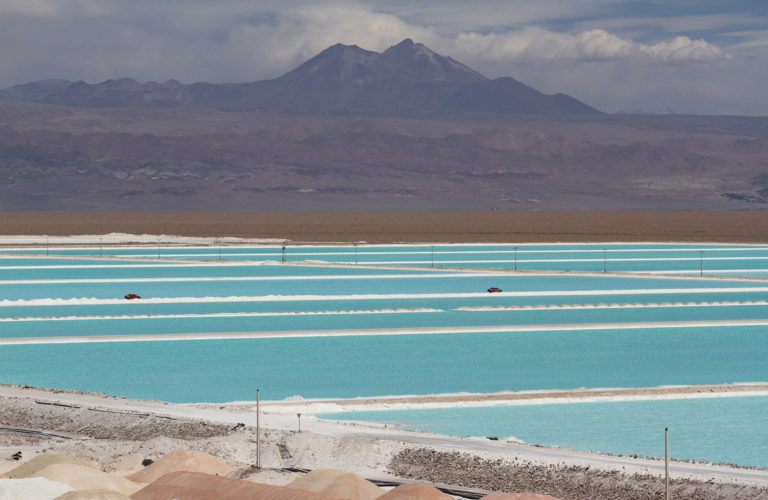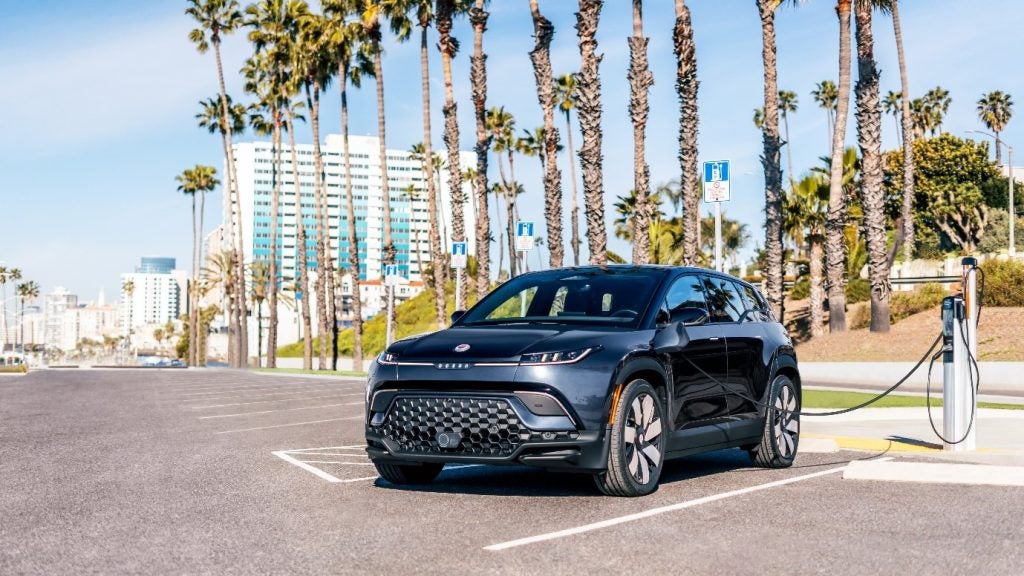HL Mando has been granted a patent for an advanced driver assistance system. The system uses cameras, LiDAR and radar sensors to obtain road and obstacle data. It recognizes the curvature of front and rear lanes, determines the possibility of a lane change, and controls steering based on the analysis. The system also compares the curvature of the front and rear lanes to determine if the other vehicle is in the same lane to be changed. GlobalData’s report on HL Mando gives a 360-degree view of the company including its patenting strategy. Buy the report here.
According to GlobalData’s company profile on HL Mando, driving behavior monitoring was a key innovation area identified from patents. HL Mando's grant share as of September 2023 was 84%. Grant share is based on the ratio of number of grants to total number of patents.
Method and system for lane change control in vehicles
An advanced driver assistance system has been granted a patent (Publication Number: US11772655B2). The system includes an image sensor, a non-image sensor with LiDAR and radar sensors, a communication network, and a controller with a processor. The controller is responsible for processing image data, obstacle data, and data from the non-image sensor. It can obtain position information of another vehicle, recognize the curvature of the front and rear lanes, determine the possibility of a lane change based on the recognized curvatures and the position information of the other vehicle, and control the output of a steering control signal accordingly. The controller can also determine whether the lane on which the other vehicle is driving is the same as the lane to be changed by comparing the recognized curvatures and using the position information of the other vehicle.
In addition, the controller can obtain speed information of the other vehicle and control the output of a deceleration or acceleration control signal if a lane change is determined to be impossible. It can also control the output of notification information for collision avoidance in such cases. The controller can further obtain a target steering angle based on a target yaw rate and a detected yaw rate, and generate the steering control signal accordingly. It can also determine the possibility of a lane change based on the speed information and position information of the other vehicle, either by calculating the time to collision (TTC) or the distance to collision (DTC) and comparing it to predetermined reference values. Additionally, the controller can determine the lane changeable distance based on various factors such as reaction time, deceleration, and safety distance, and compare it to the obtained distance to determine the possibility of a lane change.
The patent also covers a vehicle equipped with the advanced driver assistance system. The vehicle includes a camera, an obstacle detector, a driving information detector, a controller, a steering device, a braking device, an engine, and at least one of a display and a sound output. The controller performs similar functions as described above, including obtaining position and speed information of another vehicle, recognizing the curvatures of the front and rear lanes, determining the possibility of a lane change, and controlling steering, deceleration, and acceleration accordingly. It can also determine the lane on which the other vehicle is driving by comparing the recognized curvatures and using the position information.
Furthermore, the patent describes a method of controlling a vehicle using the advanced driver assistance system. The method involves obtaining an image of the road ahead, recognizing the curvatures of the front and rear lanes, obtaining position and speed information of another vehicle, periodically storing driving speed, yaw rate, and steering angle information, determining the possibility of a lane change based on the recognized curvatures and the position and speed information of the other vehicle, and controlling steering, deceleration, and acceleration accordingly. The method also includes determining the lane on which the other vehicle is driving and considering the possibility of collision. Additionally, the method allows for receiving a lane change command and outputting information about the lane change possibility through a display or sound output.
To know more about GlobalData’s detailed insights on HL Mando, buy the report here.
Data Insights
From

The gold standard of business intelligence.
Blending expert knowledge with cutting-edge technology, GlobalData’s unrivalled proprietary data will enable you to decode what’s happening in your market. You can make better informed decisions and gain a future-proof advantage over your competitors.







